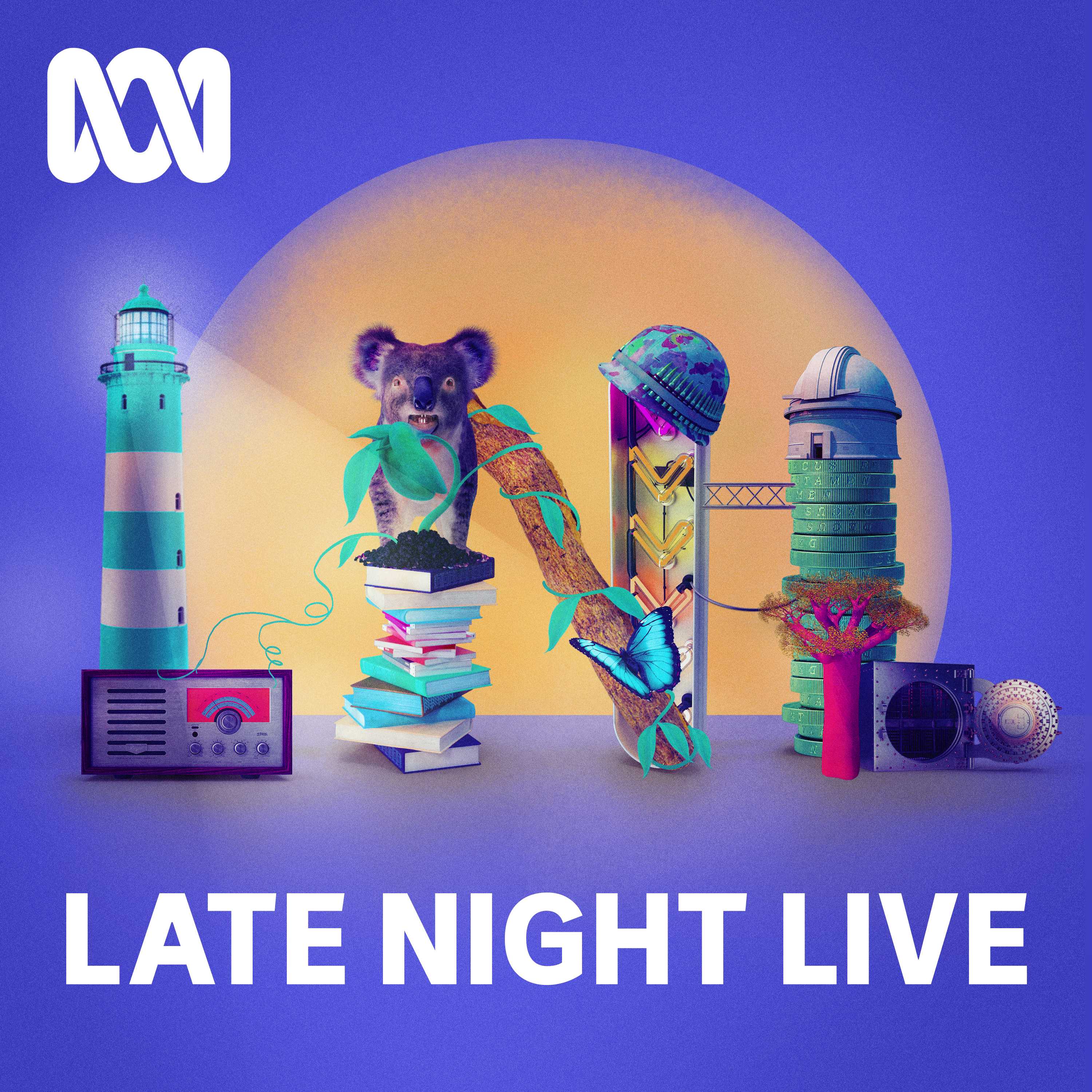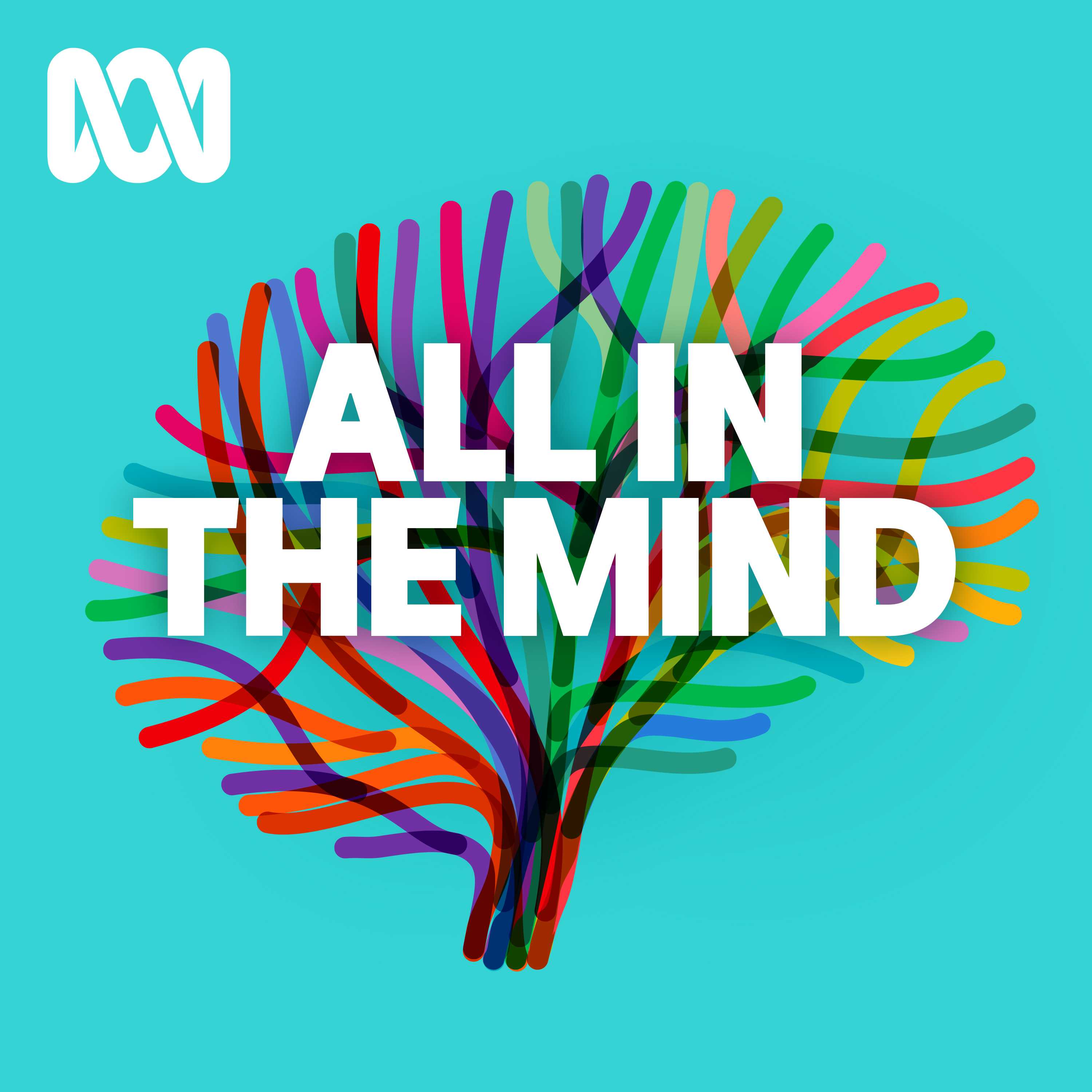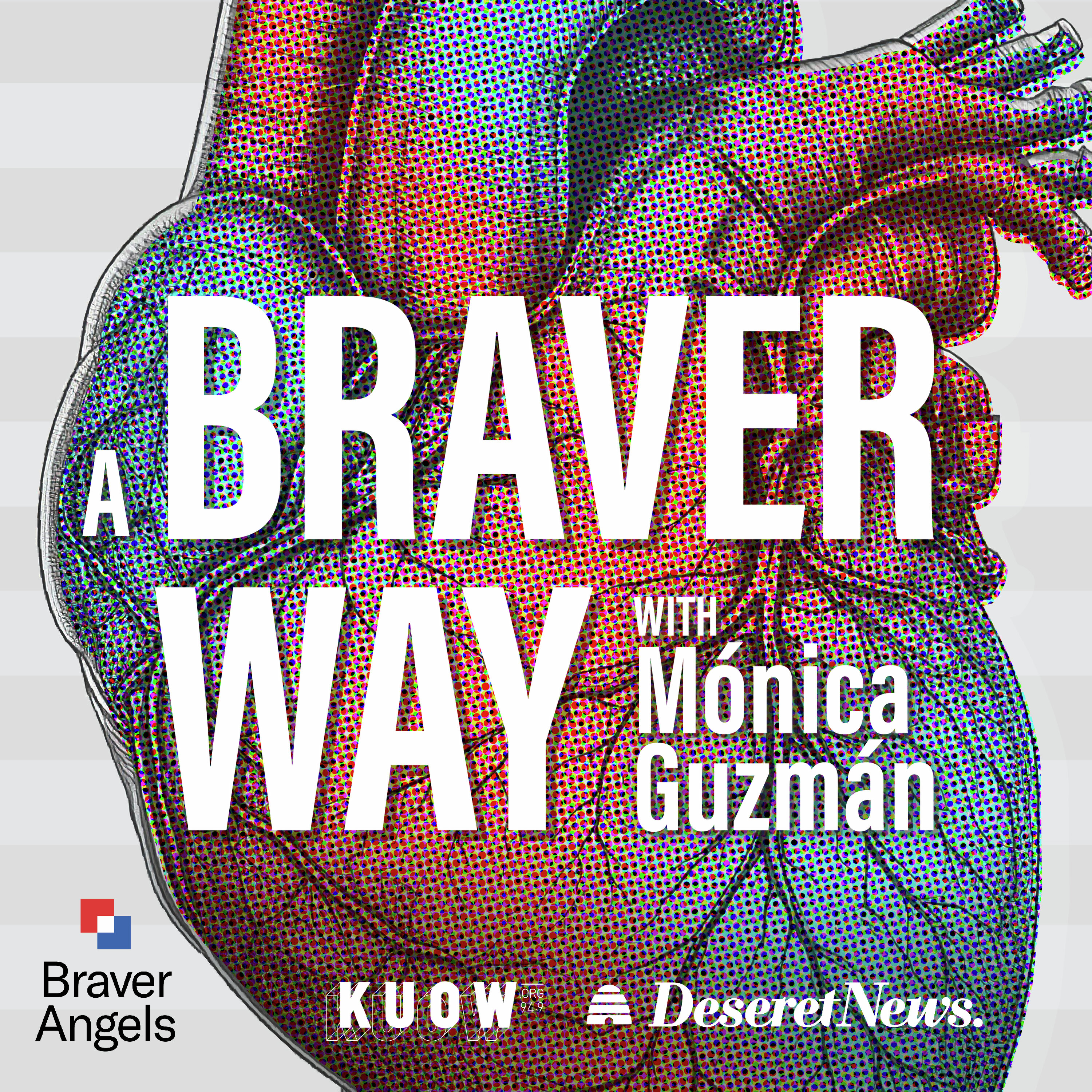
The RegenNarration Podcast
The RegenNarration podcast features the stories of a generation that is changing the story, enabling the regeneration of life on this planet. It’s ad-free, freely available and entirely listener-supported. You'll hear from high profile and grass-roots leaders from around Australia and the world, on how they're changing the stories we live by, and the systems we create in their mold. Along with often very personal tales of how they themselves are changing, in the places they call home. With award-winning host, Anthony James.
The RegenNarration Podcast
220 Extra. Out Among the Buffalo, with Pedro Calderon-Dominguez
The evening before we recorded the main episode with Pedro, we went out on the Plains to shepherd the buffalo to their next patch. This is a rare chance to hear one of the world’s most respected bison wranglers – and the animals themselves – at work. And there were some very special moments too, in this condensed 20-minute special extra to episode 220.
The wind can be mighty on the Plains, and as we went further towards the buffalo it did push the microphone I had on me at times. But given how rare and special this was, and that our voices, and at times the buffalo voices, can still be heard clearly enough, I’ve left in as much as I can of the good stuff, and decided to run with it. I hope you enjoy it. We pick it up as we drive out to the herd, already in awe at the scale and wonder of the Great Plains.
This episode has chapter markers and a transcript.
If you’ve come here first, tune into the main episode with Pedro, ‘The Great Buffalo Restoration on the American Prairie’. You’ll find a few links in the show notes too, along with a transcript, and a few photos on the episode website, with more on Patreon for subscribing members.
Recorded 29 July 2024.
Title slide image: Among the buffalo (pic: Anthony James).
See more photos on the website, and for more from behind the scenes, become a member via the Patreon page.
Music:
By Jeremiah Johnson.
The RegenNarration playlist, music chosen by guests (thanks to Josie Symons).
Thanks for listening!
The RegenNarration podcast is independent, ad-free & freely available, thanks to the generous support of listeners like you. If you too value what you hear, please consider joining them by clicking the link above or heading to our website.
Become a subscribing member to connect with your host, other listeners & benefits, via our Patreon page.
Visit The RegenNarration shop to wave the flag. And please keep sharing the podcast with friends. It all helps. Thanks for your support!
So when you see the spooky cow, you don't even know which one was that, because she she just calmed down and now it's mixed with the group. And then you also want to see, for example, on the back of the herd I already saw that there's some little calves. So you know that in a mixed herd like this one, where there's little ones and then all the way up to like from four months old babies to eight months, eight years old bulls, then then you have to know how to read the whole herd. So I saw the little ones are in the back somewhere. Have to be. Okay, there's one there, right in the middle. Yeah, there's a group of three or four. So I know that that section of the herd is going to be the more spooky and sensitive because they want to protect the little ones. So I'm not going to mess with them because they are going to be the first one in flight. So I work the calmer one, the calmest one, and then those are going to follow. Or maybe I start the herd from there, knowing that those are going to be the first one in leave and the rest are going to follow. So you have to like read the whole chunk and decide what to do. That bull is a nice photo back there. You want to take% With the sun?
Pedro:Yeah, in this particular herd we have 90 that we import from Fort Becknap, from the reservation and they stay in the corrals with alfalfa for maybe two weeks and then we took them to the quarantine facilities that we have Stayed there. For what? For two months maybe. So they are really friendly with us, so we are working around them and sometimes they come. There's two of them here, those blue tags. Those two they always the blue tags are the ones that we import from with Yellowstone genetics and those are the ones always coming like I have a photo one of my guys taking some manure samples for our research and there's like five or six of them around him, like because they they. I have a photo of one of my guys taking some manure samples for our research and there's like five or six of them around him like because they. They are friendly like they, they know us.
Pedro:So see, now they, they know that something is happening and they are moving this way. So I told you half of them were looking this way and half of them that way. If we move that way, we put pressure over them and they move here. We will stay back here. These ones were moving that direction.
Pedro:But that, those things, just you can learn it here failing a lot of times until you oh that's why, okay, got it. For example I know that this hurt even if they are all stand up, they are not going to leave anywhere else until that bull in the middle stands up, because what they want is like when they, when everybody's ready, they, they leave. And and sometimes you are trying to move them and you are struggling them, and why they're not going? Why they're not going? Because there's some two or three really old animals that feel really comfortable. They say no, there's no need to leave. And so you need to go and actually pick them up, like, come on, old boy, really let's go.
Pedro:And then, and then the whole herd goes and and then you will see, for example, that bull on the other side of the wetland, that group is here because this wetland down here, the water. And then you will see, for example, that bull on the other side of the wetland, that group is here because this wetland down here, the water, and then you see, well, it's not a herd, but this is a herd like a natural composition structure. They pick their distances. You see our grass like there's a lot of food, a lot of cover, but, but they the like you don't want to go to the movies and stay, or on the supermarket and stay shoulder to shoulder with people, no, so this is the natural distances that they like to graze, and back there. That bull belongs to this herd and those animals that you saw back there on the other side, those belong to this herd, but it's just the social dynamic that they have.
Pedro:So now is we are almost ready for the breeding season, so I guess that one back there is not a dominant bull, and the ones around here are already telling them I'm sorry, old grandpa, you are no longer required, so please stay back there. You go out. Maybe you will be able to hear some. Yeah, what I'm going to do is Okay, here we go. That's a great sail. You want to go out? Yeah, you want to. So we should stay here. I'm going to have to whisper. I don't know if that will work. Yeah, it'll work.
Pedro:So this is the bunch from Yellowstone that I was telling you with the blue tags. Yeah, really, really curious, but they are not really used to see us walking. So we just want to wait a little bit here and then move slowly towards them. So how old are they? I think it's. So. This group, all this group of Yellowstone ones, are yearlings from last year, so it's one year and a half. And then these ones are calves from one year, from the last year, the darker ones. So they are going to be just one year, right now, in June. So they just went one year.
Pedro:So these ones are two-year-olds, these ones are two-year-olds and these ones are one-year-old. And then you can see that cow that is coming right by the fence. She's three and the bull behind her is three. And then there's something really interesting. Can you see this bull that is working, walking here with all the wool on his back? So, okay, see how the shape of the wool here, how the shape of the wool on his face. And then look, let's find a mature cow. Well, one from the back. But I want a nice example. Okay, this one here. So behind this one, the one that is stretching her back back there, can you see the wool more or less on the same areas than this one here. It's because the three and four-year-old bulls, they develop this kind of coat where they can camouflage with another cow. That way another bull is not going to try to kill him.
Pedro:In competition for the females because they're still young, right, they start to breed at four-year-old, the bulls, but then right now, between three and four, they are learning and then they have another role on the herd. Here they are more like a bodyguard, and so between taking care of the little ones and going to the party with the old ones, uh, but. But it's really interesting how their, their coats and the, the, the, the, the hump, the chaps, all the wolves and all the wool in the back is more similar to a female, other female. In that way they are not attacked by the old wolves. Interesting, yeah. So back there you can see that old bull with all the yeah right at the back. Yeah, right at the back. So it's way different the shape of the hump and the shape of the wool than this young one here. So huge, yeah, and this is all.
Pedro:This group is the one from Yellowstone, so that's the one that we took in the quarantine for a while. So that's why they are used, just so used to be here close to us, yeah, yeah. So let's see if we can get closer a little bit. And when you approach them this low stress, bison handling deal you have to embrace your 90 year old man. So you want to walk like this, you walk like this. And even when I walk them in the corral, if I go walking like this, then it helps for them to not run. Okay, too close, so we go back, we go back, we close. So we go back, we go back, we go back, we go back, we go back. Okay, stop. So they will tell you the distances where they feel comfortable to get close. So now the one that start to leave, they stop. Now the back bull is looking at us, the cow is looking at us.
Pedro:We have to develop that feel like get closer and while they move, you stop and go back. So that's the release of the pressure. And when you do that, you release a shot of dopamine on them, really, instead of adrenaline, like going away from danger. So they move, but you release the pressure and they feel that shot of dopamine and they actually are learning from you, like talking to you. That's how you talk with them. Would you go so far as to say that they trust you more? Yeah, yeah, they're gonna start to trust you more. Yeah, yeah, yeah, they're gonna start to trust you more if you, if you keep going, if they were walking like that, like the whole bunch, and we will keep walking with them. So that that's a constant pressure. You are screaming at them go, so they don't like it. But then you, we walk again, they move, we stop and then release. That's a conversation. We are asking them please move, yeah, and that's the whole deal. Yeah, and there are some tricks how to move them, how to stop them, where to stand up, but you never do direct pressure on them. Always lateral movements. We have some babies here One, two, three, four, five, six, seven, eight, nine, 10, 11, 12, 13, 14. You can see 14 here, so it's amazing. So we let them move again and then, as soon as they move, we stop and go back. Then you wait, she's pooping, it's okay, you can poop, you can pee, and when you're ready, then we move. So we don't move her.
Pedro:The other one was the one moving, but you take it. And now that old cow oh yeah, all these ones are young and it's like between the kindergarten and now that old cow oh yeah, all these ones are young and it's like between the kindergarten and elementary school, right? So she's coming. She's dry, she doesn't have a baby, so her job is hey, what's up with these kids? Or are they messing up. So she's coming to check out on us and she sees everything is fine, or she needs to call the whole group and say you know what, let's see, let's watch her, let's see what she's gonna do Interesting. But she was not interested until we came here walking. So now she just call her and that's not her baby. I know this cow and she's dry, she doesn't have any cows, she's just coming like, like the nanny. She's like the nanny in this case.
Pedro:So what I was telling you in the back is one of them is going to pick a direction, and the one with the babies are the more sensitive ones, and those are the ones on the move. Now they are moving. So at some point, at some point, the whole herd is gonna start to follow that group. If we stay enough, we will see that. And then, if you mess up and you put more pressure than the one that you want, and these ones run, they are just going to run from this, from here, to the rest of the group, like just just to feel the safety of the herd and then that's it. So the other Mamas are leaving now.
Pedro:So you need to practice your inner peace all the time with bison. Yeah, yeah, see even the guy at the back, he's moving. Yeah, I tell you it's just one herd, but it's moving like in a natural way. Yeah, so since we walk, stop going back, pressure, stop release. They already know that we are not predator and we are not in the predatory mood. So they are leaving. I will just go back releasing because that's okay, like let them go by themselves on the walk.
Pedro:And then you have to read their intentions, because if they look in the direction they want to go, I mean their nose is the one telling you what are they going to do, but they start telling you with the ear. So first the ear, then the eye, then the nose, then the hand, and that way they told me we are living that way. Because I approached and three or four, they, they turn their heads that way and I said they are ready to leave, they are thinking of leaving. So that's why I came back and now they're living on a wall, but they, they tell you normally, when you read these books of advice and behavior is like, if they are lifting their tail, is this because they are getting excited? But they'll tell you another 50 or 20 signals before that. Really, yeah, that one is rotting the tongue out.
Pedro:And then it's pretty common that you see all the sometimes two little ones like just playing dumb in the back and you have to tell him no, come on, go, it's okay, go. And you can see their faces, since I work with horses and cows and donkeys. You can see the expression from the horse on them and you can see where's an animal, whether it's a mean animal or just a cunt. So look at this little guy here. He's tame, as tame as he can be. It just is his natural behavior. I mean, it is his personality. That's crazy. Come on, girl. Okay, now she's leaving and then release. Oh see, I told you, the one with the babies marked the direction and the rest of them are following. Yeah, and it's really funny how the big bulls are back there with the old cows on the road and this young teenager is here with the teenagers.
Pedro:And the other principle is that you don't make the things happen with bison, you let the things happen. So instead of oh, the whole herd is there, these animals are back here. Come on, go, go go. That's a lot of pressure and that create disrespect and untrust between the handler and the bison. But if you wait long enough, then your idea becomes their idea and now they are going all together. Then your idea becomes their idea and now they are going all together.
Pedro:AJ: Yeah, and so do you have an idea of where they should go? Pedro"Yeah, for example, in this case it's like okay, I told you. If I want them to move them that way, instead of coming all the way to the other side of the herd and put the pressure here, I will stay there and do exactly the the same thing that we did, but there. And then, once that they're going, then they just start to work them like from one side to another and doing coming from from from the front side of the herd. That way they, they see you and they always want to go by you, they want to go by the pressure. So you saw the pronghorn back there, the antelope. He didn't cross the road from the back of the truck. Yeah, he went. He went up and crossed in front of the truck. So because we were the pressure and he went by the pressure. So it's the same with them.
Pedro:Uh, right now they are. They are moving away from us, but if we come by the front, they are going to come by us. That's why, also, they came toward us, because they want to see what's going on, and if we will keep walking, they will be moving around us. That old guy is still seated. Yeah, yeah, they're still seated there, but it didn't matter, they left anyway. Yeah, well, they are racing there, so they just moved from this spot to that one. But I don't think they're going to be roaming really far. They are not on the go, they just change locations.
Pedro:We got one over this side too. Eh, yeah, this guy has to find the hole, so he's's gonna have to walk all the way back to the corner. And then, yeah, there's like 120 here, so the other half is on the other side of the pump. So it's cool. No, oh, my god, it's unreal.
Pedro:And this one, they weren't like this. They like from, like moving on the walk. Really, they were really spooky and but when you are walking with them, with the best way to work, bison is a foot, and then horseback, and then with whatever thing you have, yes, so, but the best for them is a foot and then horseback, and then we use ATVs. Okay, but with the ATV you cannot hear them. So, because you cannot hear an old cow that is calling the young ones like you, miss all that with the ATV and then you cannot stop and go back immediately like we did. So there's a lot of fine movement that you need to do to talk with them, that it's really complicated with a machine. That's very interesting. So there's a lot of fine movement that you need to do to talk with them, that it's really complicated with a machine. It's very interesting. So a foot and then a horse is the best way.
Pedro:Yeah, this one on this side is on the move down there now. Yeah, we're gonna try to find the hole. The big guy sitting down is just watching us. Yeah, that's a nice photo. Oh, my god, why rock cooley, you were really lucky that they were right by the, by the road. Yeah, last year I broke the. Well, they came to visit us. Uh, wes olsen, he is the expert in bison conservation herds from Canada. He's Cody's friend as well, right, and we drove the whole property and we couldn't find them. Surprised, like 300 buffalo, we couldn't find them Because they were like I don't know if they were behind that hill on the other side, there's no way to see them. Yeah, you wouldn't know. Yeah, oh great, here he goes. Yeah, because now he's feeling lonely. Beautiful, thank you.












